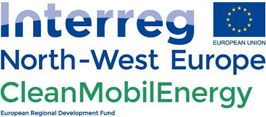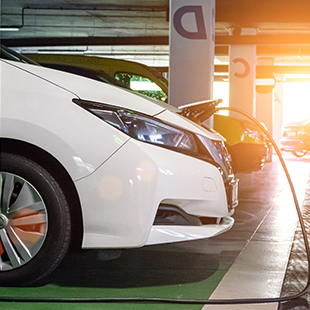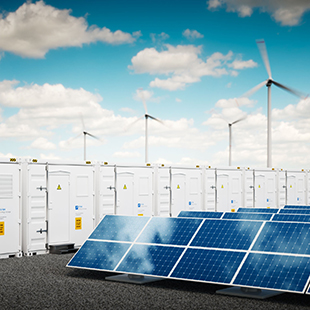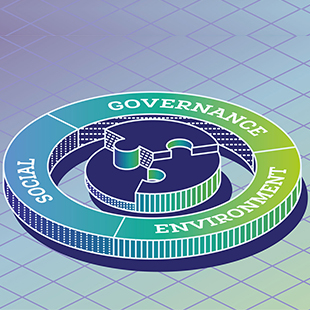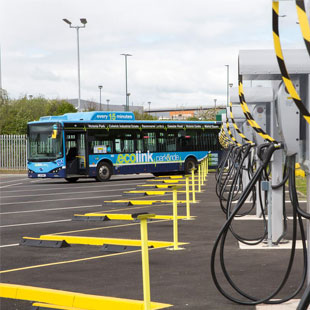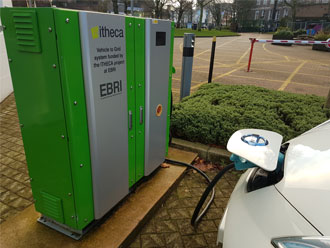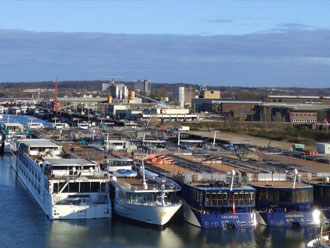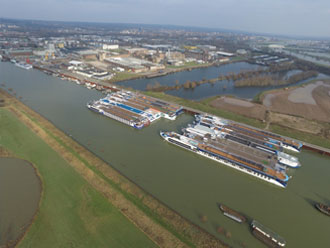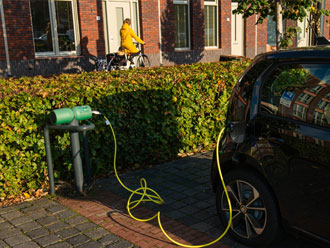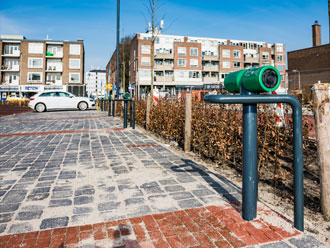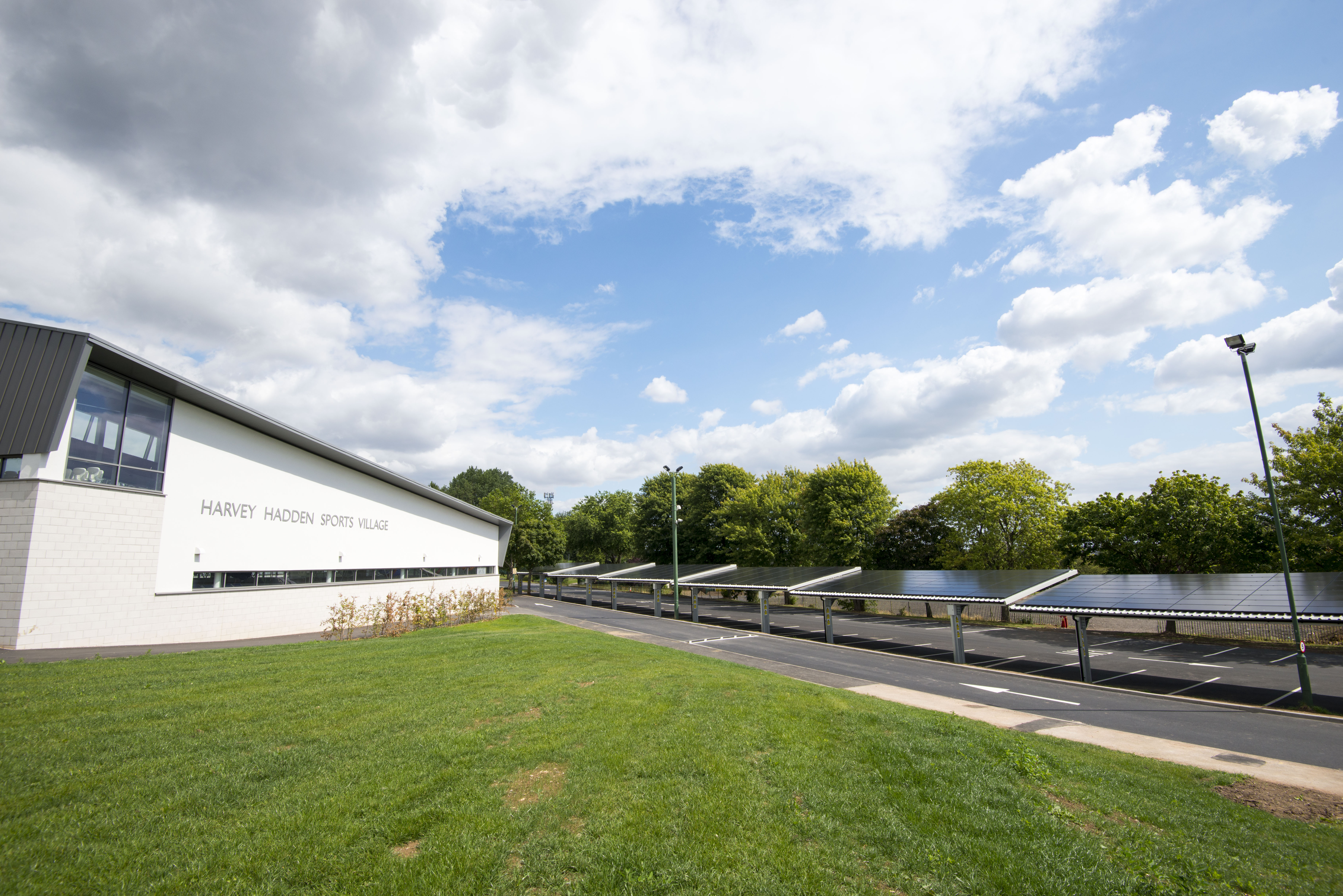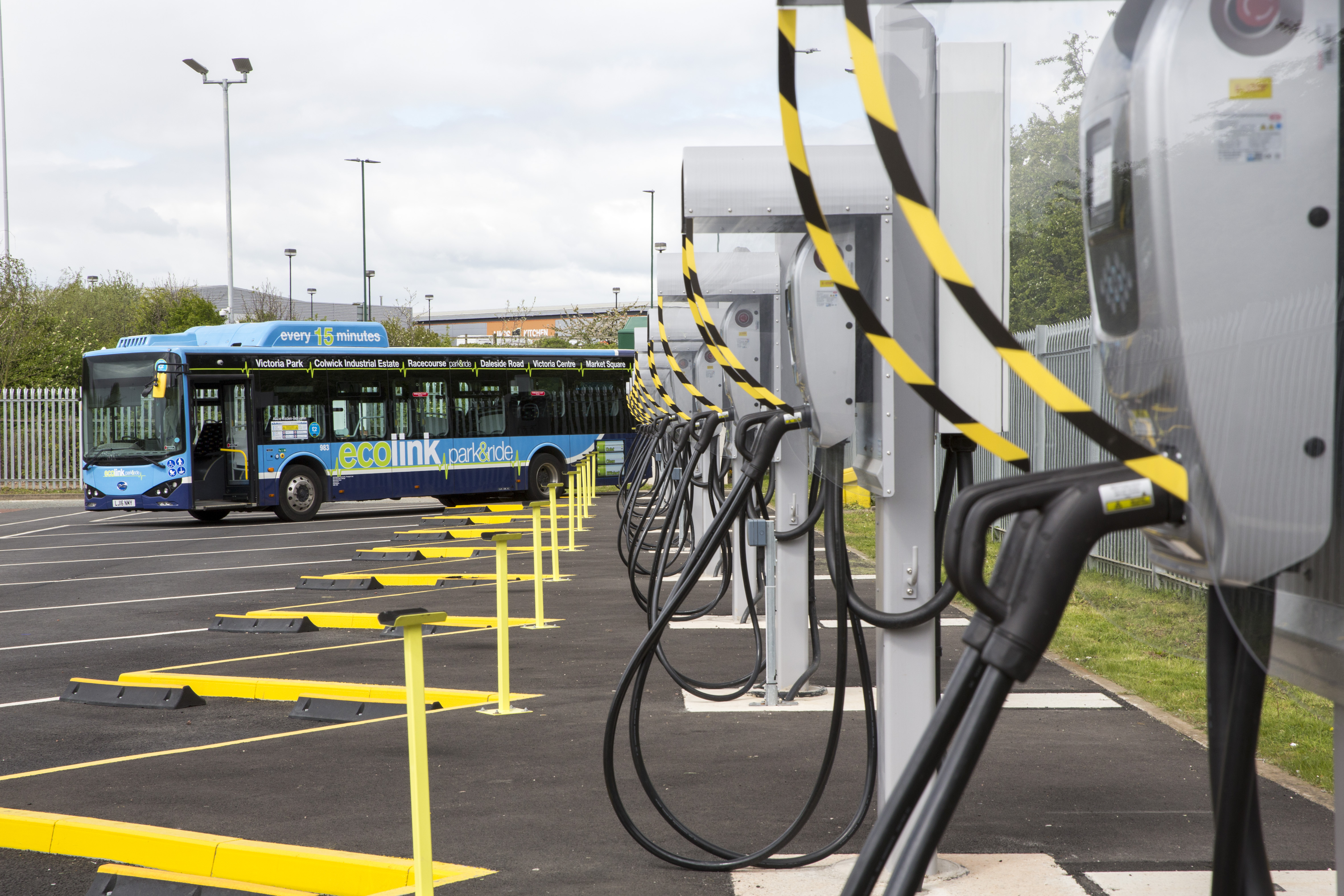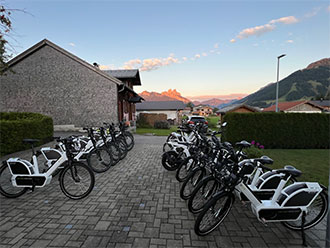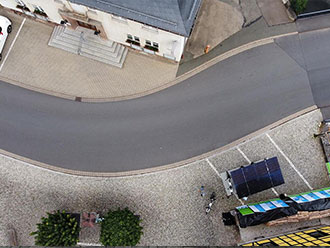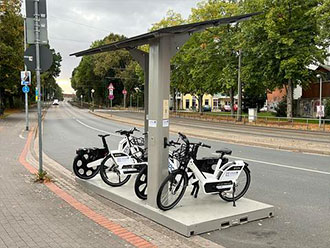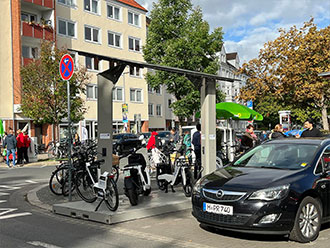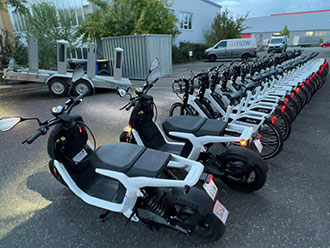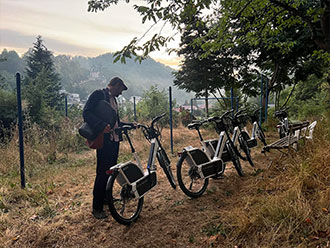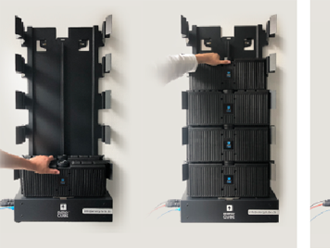About Us
In order to combat climate change, European cities are increasingly investing in local renewable energy production, e-transport and charging infrastructure for these vehicles.
The REMove is a universal, open source, optimised and scalable energy management system (EMS), which can be integrated in various applications across various locations. It has been designed within the realm of the Interreg North-West Europe CleanMobilEnergy (CME) project and integrated in the project’s four City Pilots of Arnhem (The Netherlands), Schwäbisch Gmünd (Germany) and Stuttgart (Germany) and has already been rolled out and tested in these various pilot settings across North-West Europe.
Market sectors
The REMove platform
Lorem ipsum dolor sit amet, consectetur adipisicing elit, sed do eiusmod tempor incididunt ut labore et dolore magna aliqua. Ut enim ad minim veniam, quis nostrud exercitation ullamco laboris nisi ut aliquip ex ea commodo consequat.
Unique Selling Points
"Interoperability
The main objective in all technological concepts is to create interoperable systems. Global topics like
electromobility, intelligent power grid supply or Industry 4.0 applications require cooperation of many
subdivisions and parties. The REMove system is designed to integrate existing systems and to adapt
future systems sustainably and effectively, essentially REMove is future proofed.
Integrated
REMove was initially developed to support cities and regions in their transition to clean mobility – but
REMove serves the energy sector as a whole. Housing associations could utilise REMove to optimise energy
use, for example. REMove provides solutions for decarbonisation (brings all sectors needing decarbonised
into a package), where Industrial Internet of Things (IIOT) serves as the enabler of decarbonisation.
Value added
With our solutions, not only can the value-added chain be increased, but also the intelligent network
and communication serves as a base for value added of all parties—starting with the producer, to the
provider, and finally the end user.
Self-sufficient
The REMove system provides a single overview of all energy flows in a city, allowing cities and their
citizens to monitor and benchmark system performance. By nature, REMove is a very dynamic system
monitoring for maintenance at all times.
Future-proof
REMove is future-proofed due to its self-updating API connections; therefore, REMove evolves as data
protocols and technology evolves.
Climate-friendly
The ultimate goal of the REMove system is to minimise carbon emissions by maximising self-consumption of
renewable energy sources
The unique selling point (USP) of the REMove system is that it will increase the economic value of renewable energy (RES) and significantly reduce CO2 emissions in cities and regions – in the context of mobility and beyond."
REMove Test bed sites
City Pilots – Testbeds for the REMove systems are listed in detail below:
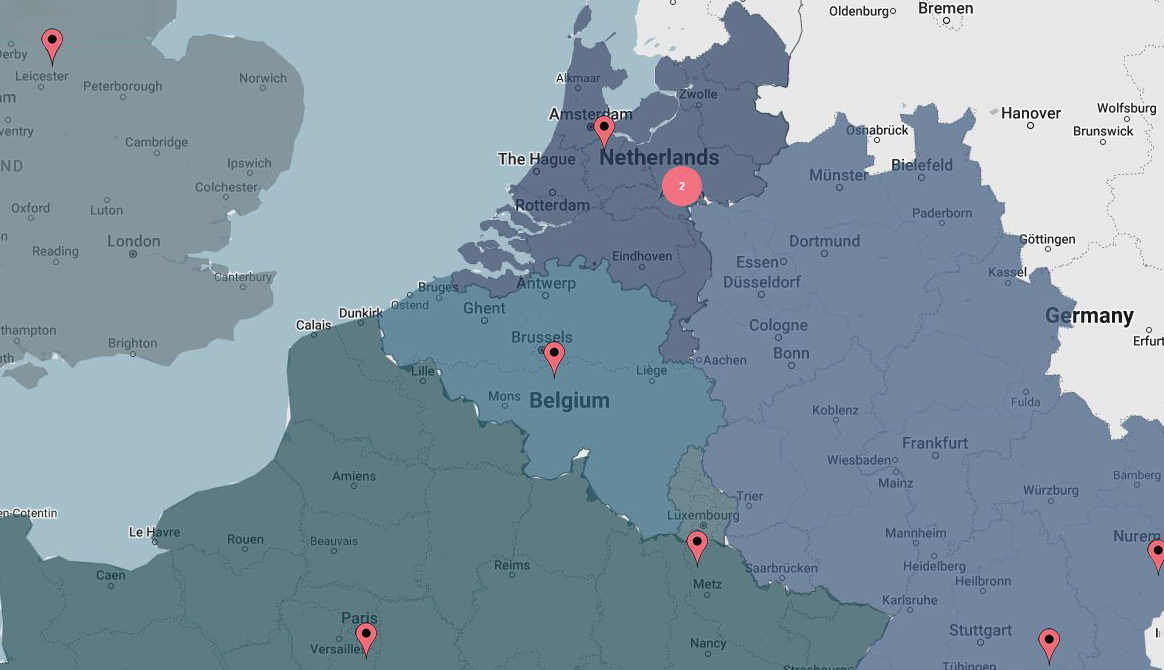
Contacts

Municipality of Arnhem
Address: Koningstraat 38, 6811 DG Arnhem, The Netherlands.


